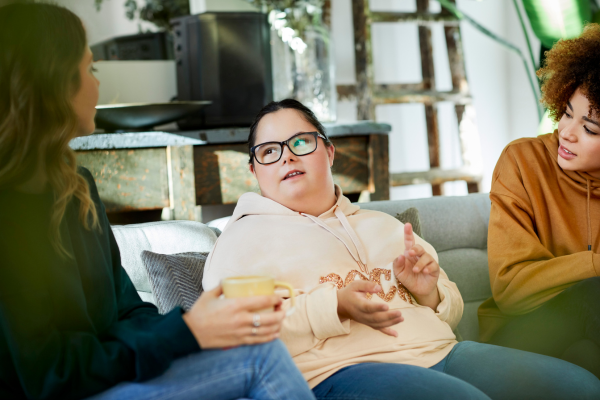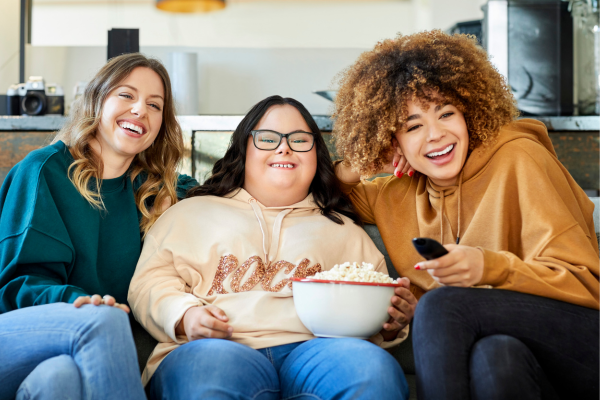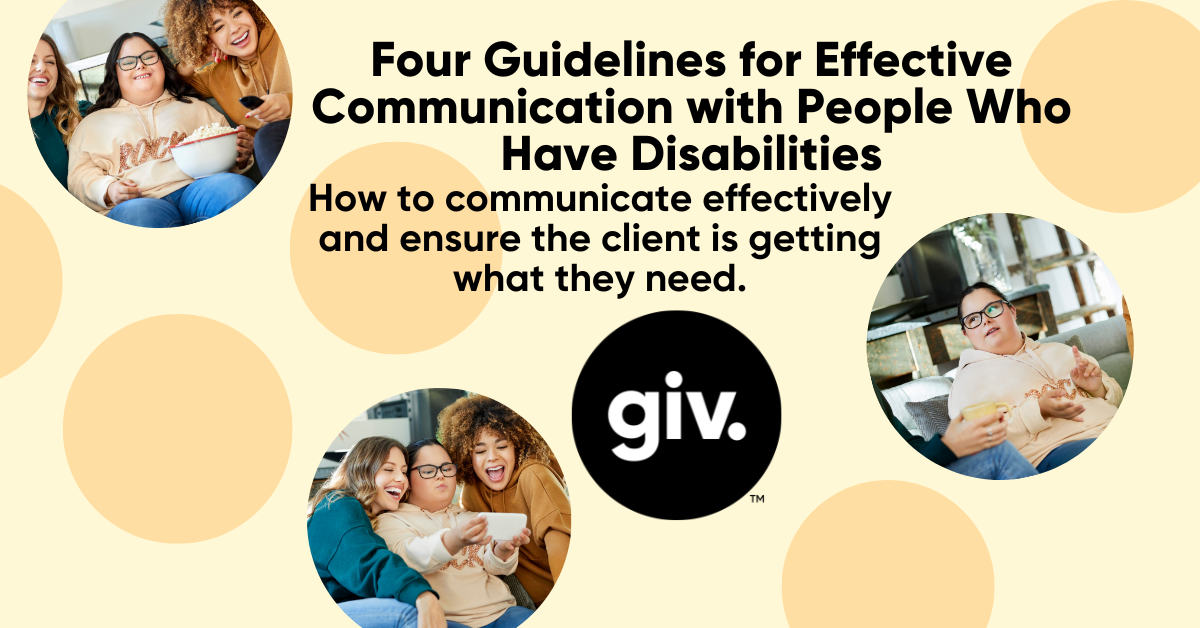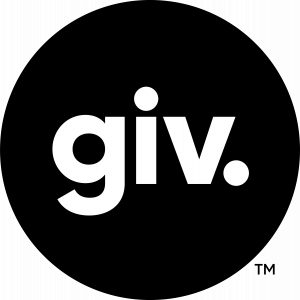Effective communication is the cornerstone of building meaningful connections and fostering inclusivity in society. When it comes to communicating with individuals who have disabilities, understanding their unique needs and preferences is crucial. In this blog post, we will explore four guidelines for effective communication with people who have disabilities. By following these guidelines, we can create an inclusive environment where everyone feels heard, valued, and respected
The Importance of Effective Communication with People Who Have Disabilities:
Communication is a fundamental aspect of human interaction, and it plays an even more significant role in the lives of individuals with disabilities. Clear and effective communication is vital for ensuring that their needs, perspectives, and voices are acknowledged and understood. By fostering effective communication, we can bridge gaps, break down barriers, and promote inclusivity for people of all abilities.
When we communicate effectively with individuals who have disabilities, we empower them to express themselves freely, participate fully in social interactions, and access the support they require. Effective communication also helps to combat misconceptions and stereotypes, promoting a more inclusive and accepting society. By recognizing the importance of effective communication with people who have disabilities, we lay the foundation for building strong, meaningful connections and breaking down the barriers that hinder inclusivity.

Understanding and Respecting Different Communication Needs:
One of the key guidelines for effective communication with people who have disabilities is to understand and respect their diverse communication needs. It’s essential to recognize that disabilities can manifest in various ways, impacting speech, hearing, vision, or cognitive abilities. Therefore, it is crucial to adapt our communication style to accommodate these differences.
When communicating with individuals who have speech disabilities, such as those with conditions like cerebral palsy or aphasia, it is essential to exercise patience and allow them time to express themselves. Avoid interrupting or completing their sentences unless they explicitly ask for assistance. Instead, maintain eye contact, listen attentively, and offer encouragement. Additionally, be open to alternative modes of communication, such as using assistive technology devices or communication boards, to facilitate effective interaction.
For individuals with hearing impairments, it is important to ensure effective communication through sign language interpretation or the use of written notes or captions. When engaging in conversation, face the person directly, maintain eye contact, and speak clearly and at a moderate pace. Use gestures and facial expressions to enhance communication, and be mindful of background noise or distractions that may interfere with their ability to understand.
Using Inclusive Language and Terminology:
Using inclusive language and terminology is another critical aspect of effective communication with people who have disabilities. Language has the power to shape perceptions, attitudes, and interactions, so it’s important to choose words and phrases that are respectful and person-first.
When referring to individuals with disabilities, it is best to prioritize person-first language. This means placing the person before the disability, emphasizing their identity and humanity rather than reducing them to their condition. For example, instead of saying “disabled person,” it is more appropriate to say “person with a disability.” This small shift in language can help promote dignity, respect, and inclusivity.
Furthermore, it is important to avoid using derogatory or outdated terms that perpetuate stereotypes or stigmatize individuals with disabilities. Familiarize yourself with appropriate terminology and avoid using offensive or ableist language. It’s always better to ask individuals how they prefer to be addressed and respect their choices.

Practicing Active Listening and Empathy:
Active listening and empathy are essential skills in effective communication, particularly when interacting with people who have disabilities. By demonstrating genuine interest, patience, and understanding, we create an environment that encourages open and honest communication.
Active listening involves focusing our attention on the person speaking, maintaining eye contact, and using non-verbal cues to signal our engagement. Show
empathy by acknowledging their experiences, feelings, and challenges without judgment. Avoid making assumptions or generalizations, as each individual’s experience with a disability is unique. Take the time to ask questions and seek clarification when necessary, as it shows a willingness to learn and understand their perspective better.
Moreover, be mindful of your body language and facial expressions, as they can convey messages and emotions. Show encouragement, support, and positivity through your gestures and expressions, making the individual feel comfortable and valued during the conversation.
Making Accommodations and Adjustments for Accessibility:
Creating an inclusive environment for effective communication involves making accommodations and adjustments to ensure accessibility for individuals with disabilities. These accommodations can vary depending on the specific disability and the context of the interaction.
For individuals with visual impairments, provide written materials in accessible formats, such as large print, braille, or electronic versions compatible with screen readers. When engaging in face-to-face conversations, provide verbal descriptions of visual cues or non-verbal cues, such as body language or gestures.
In the case of physical disabilities, consider the physical environment and make necessary adjustments to ensure accessibility. This may involve providing ramps or wheelchair-accessible entrances, arranging furniture to allow for comfortable maneuverability, or offering alternative seating options.
In conclusion, effective communication with people who have disabilities is essential for fostering inclusivity, understanding, and respect. By understanding and respecting different communication needs, using inclusive language and terminology, practicing active listening and empathy, and making accommodations for accessibility, we can create a more inclusive society where everyone has equal opportunities to express themselves and be heard. Let us embrace these guidelines and strive for meaningful connections with individuals of all abilities.







